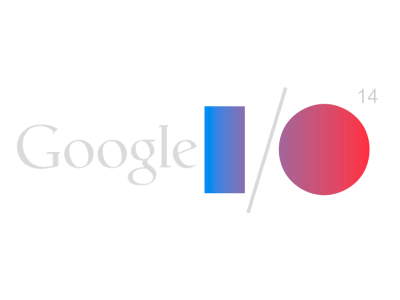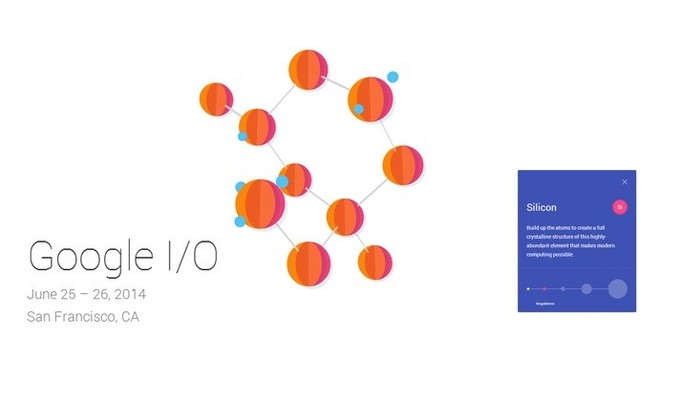
Day one of Google I/O is in the books. The Mountain View company made some major announcements during the first day of their annual developers conference. Taken as a whole, you can see some trends starting to emerge. One of these trends is uniformity. Google has altered its thinking as far as devices. Rather than focusing on tablets, phones, wearables, and TVs as distinct things, these devices are now subsets of Android. Rather than spending time developing separate versions of Android for all of these devices, Google has placed a clear emphasis on building one version – Android L as it has been dubbed – flexible enough to meet the needs of each device. In pursuit of this uniformity, Google announced new guiding design principles: Material Design.
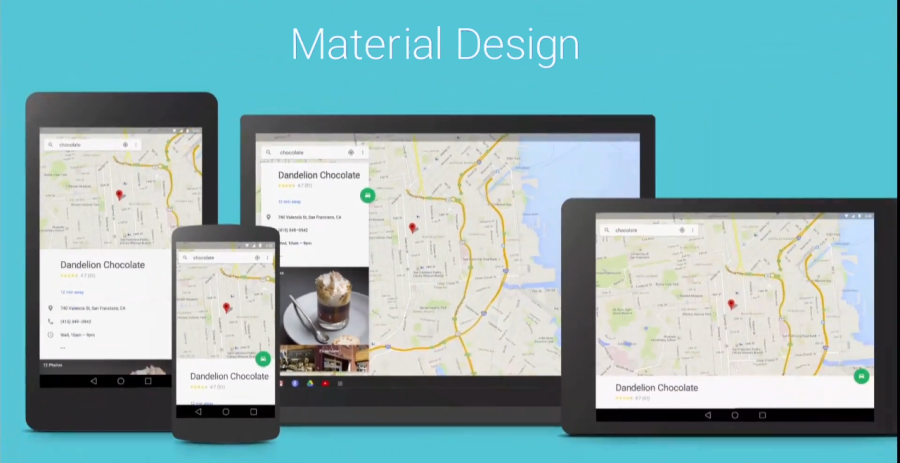
Material Design
Material Design represents the largest update of the Android UI to-date. While a major structural design overhaul was necessary to make one version of Android flexible enough for all devices, Google has succeeded in creating a new, beautiful UI to go along with the structural changes. The Material Design Overview provides a good summary of the idea behind the new design:
A single underlying design system organizes interactions and space. Each device reflects a different view of the same underlying system. Each view is tailored to the size and interaction appropriate for that device. Colors, iconography, hierarchy, and spacial relationships remain constant.1
Material Design places a clear focus on animations, and what it calls “tactile reality.”
Physical objects have mass and move only when forces are applied to them. Consequently, objects can’t start or stop instantaneously. Animation with abrupt starts and stops or rapid changes in direction appears unnatural and can be an unexpected and unpleasant disruption for the user…A critical aspect of motion for material design is to retain the feeling of physicality without sacrificing elegance, simplicity, beauty, and the magic of a seamless user experience.2
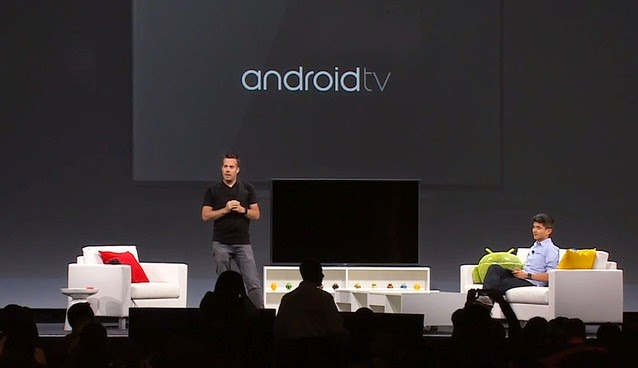 AndroidTV
AndroidTV
As part of the major uniformity push, Google announced AndroidTV. Dave Burke, Google’s Engineering Director for Android (pictured above standing), provided Google’s justification for such a TV push. Though there has been a huge push from manufacturers into the smart TV space in recent years, Burke noted, it is incredibly hard to develop for TV. Each smart TV manufacturer has a different OS, a different set of APIs, and different developer tools. There has not really been any kind of a unified approach to the smart TV OS. Until now that is. In line with Android’s new found flexibility, Burke noted that Android TV is not a new platform at all, but rather, “we’re simply giving TV the same level of attention as phones and tablets have traditionally enjoyed.”3
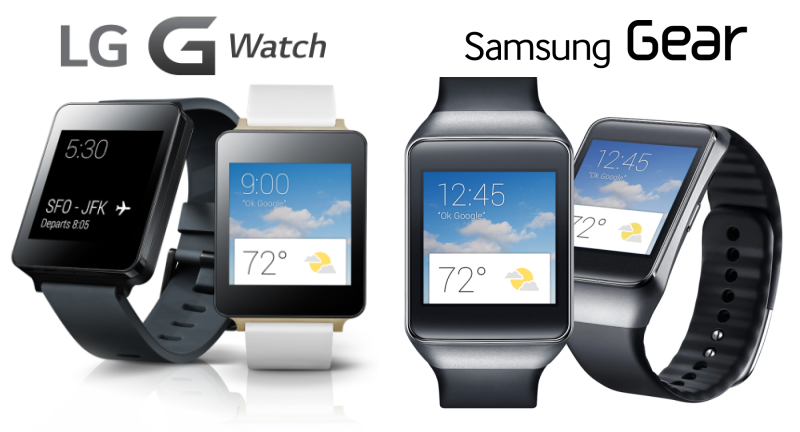
Android Wear
While Android Wear has already been announced and showed off, Google gave us our first look at two Android Wear powered smartwatches. On Wednesday, both LG and Samsung announced their first Android Wear devices: The LG G Watch, and the Samsung Gear Live. Both of which are currently available. The LG G Watch is priced at $229 on the Google Play Store, and the Samung Gear Live is slightly less at $199.
- Google.com/design “Material Design [PDF]” ▲
- Google.com/design, “Authentic Motion” ▲
- Google I/O Keynote – around the 1:46:00 mark ▲

